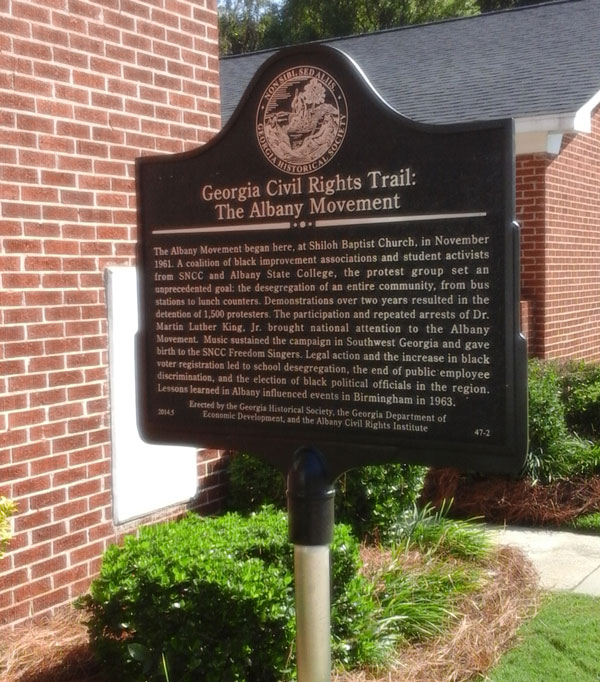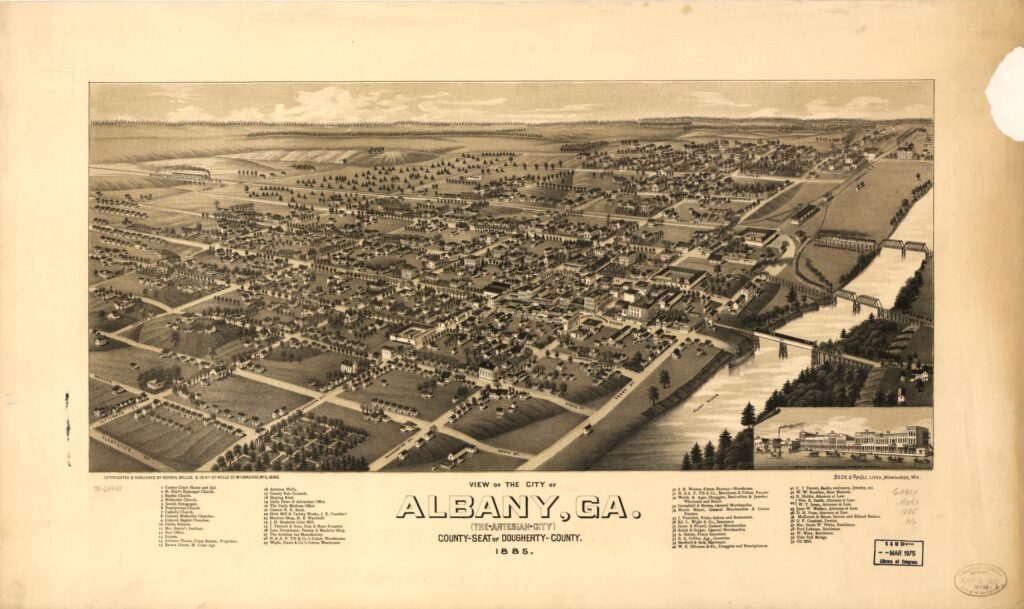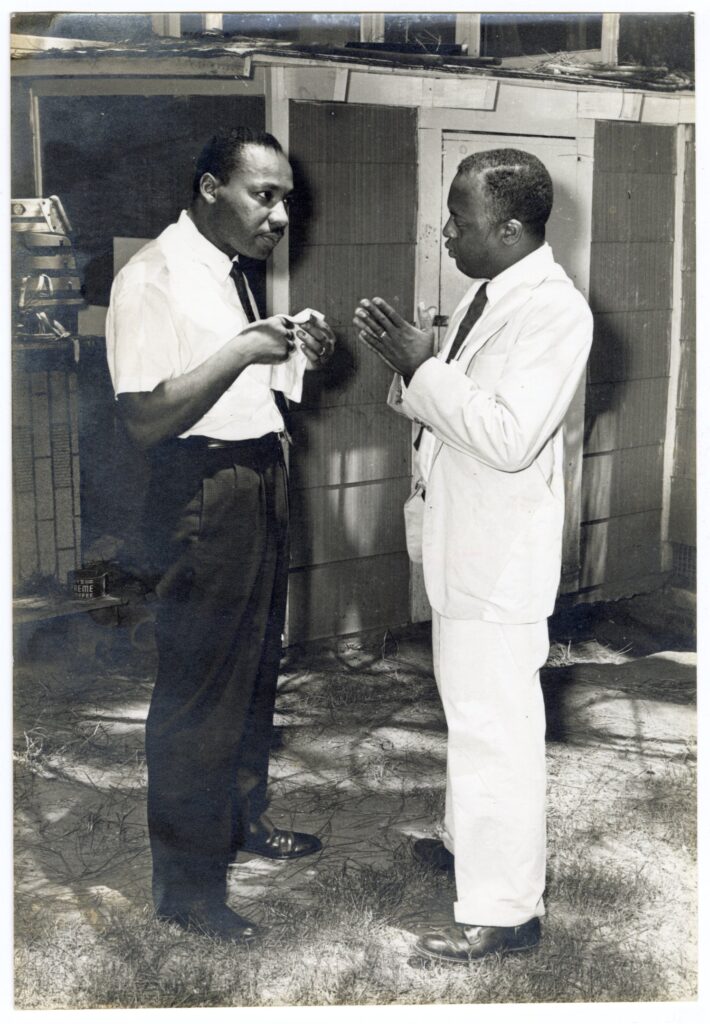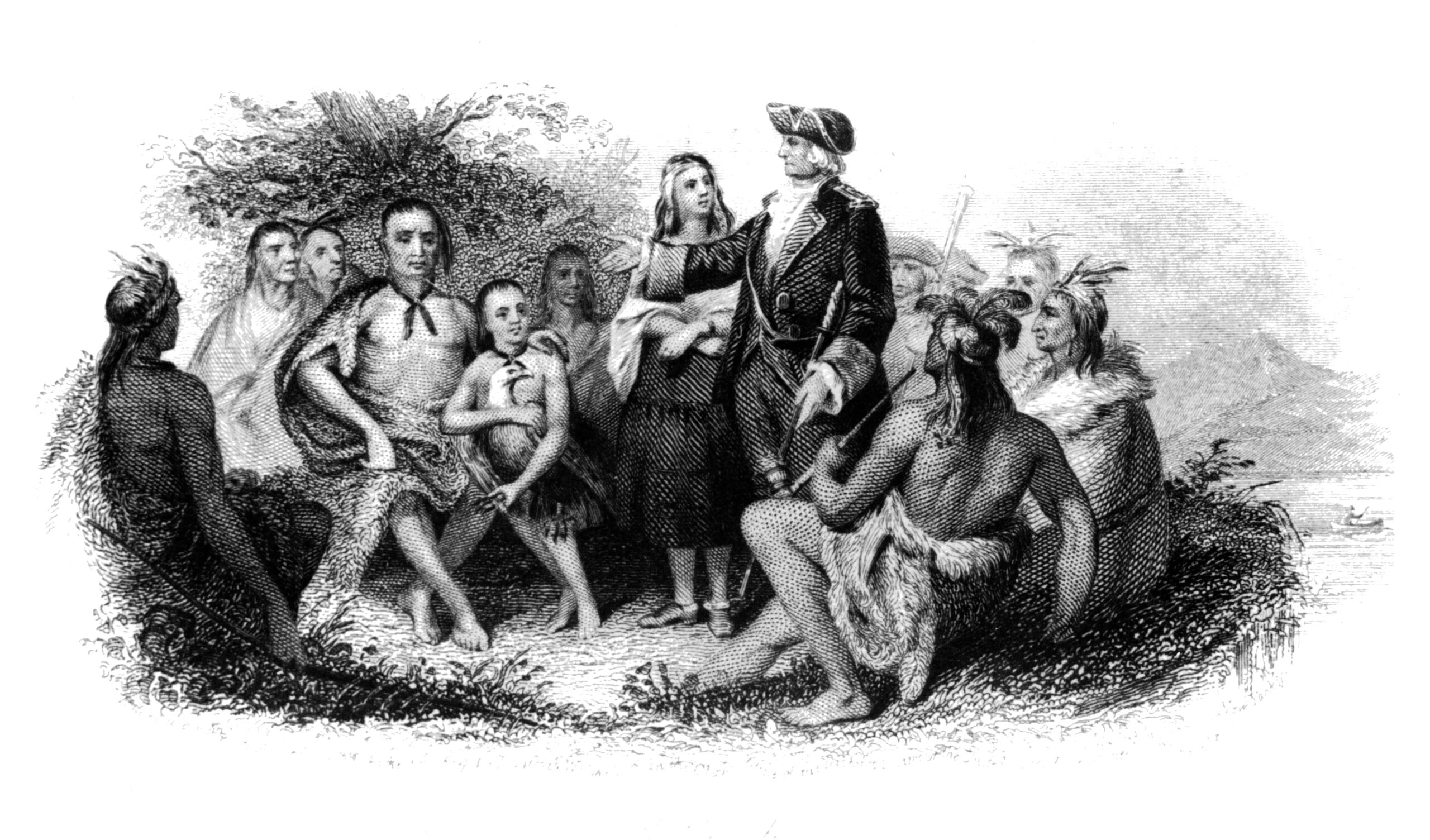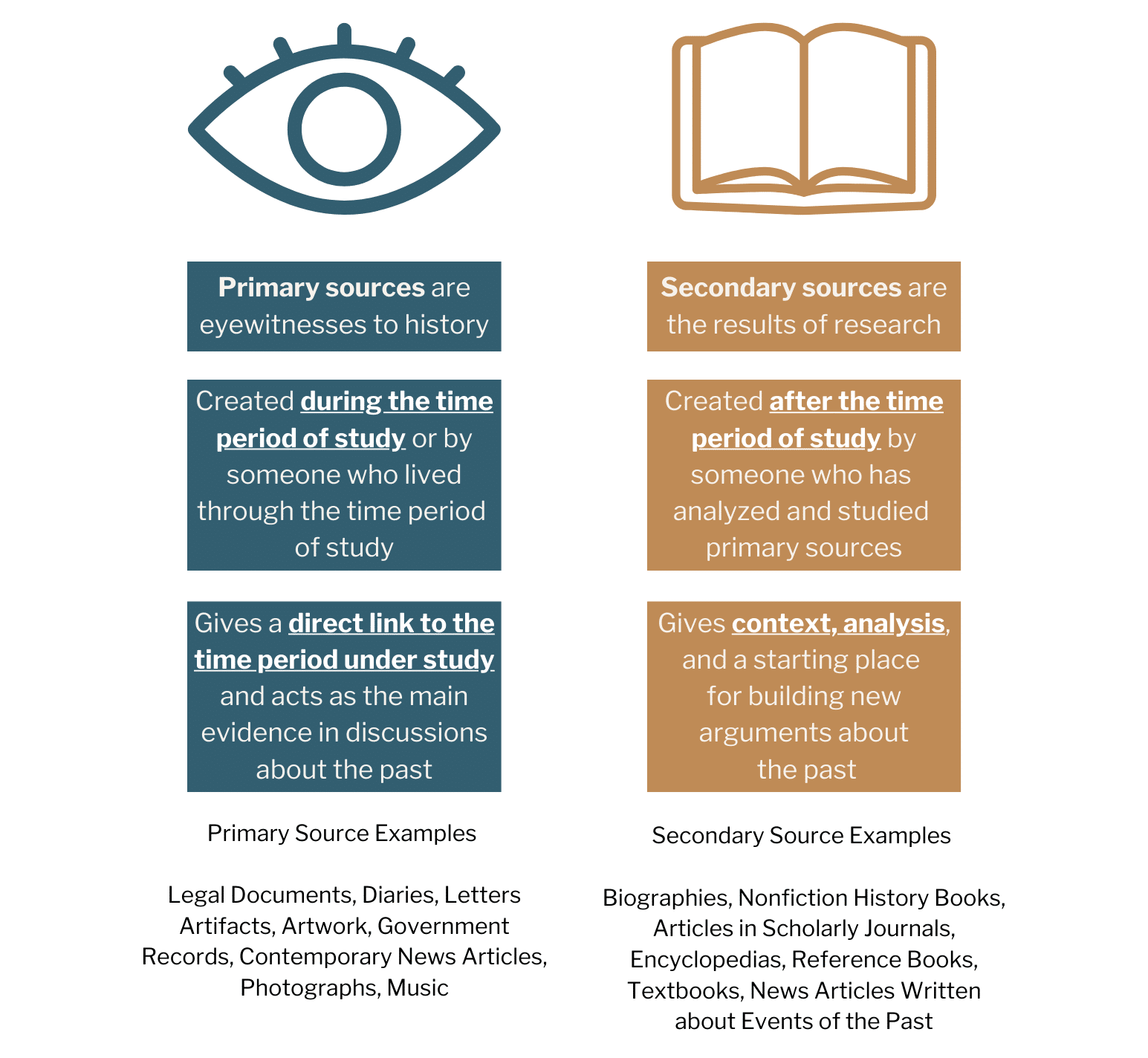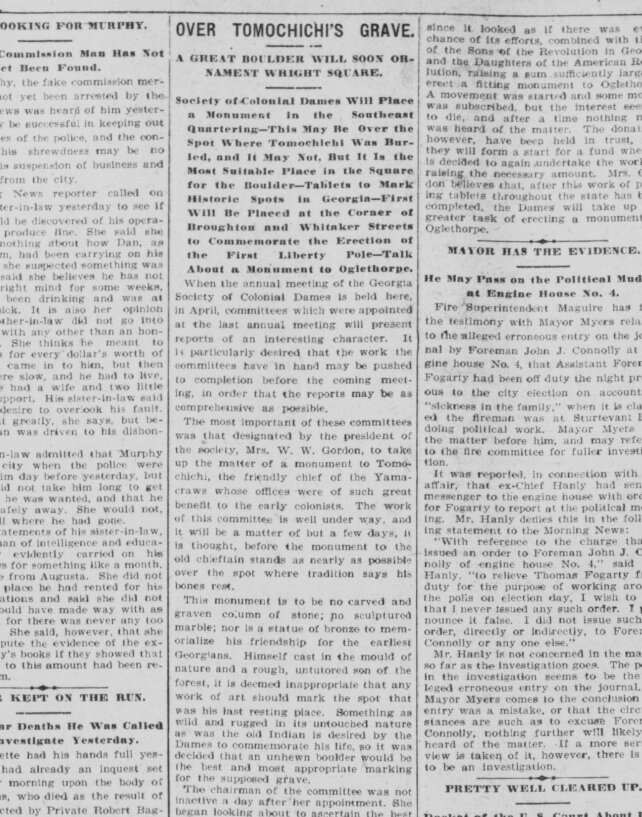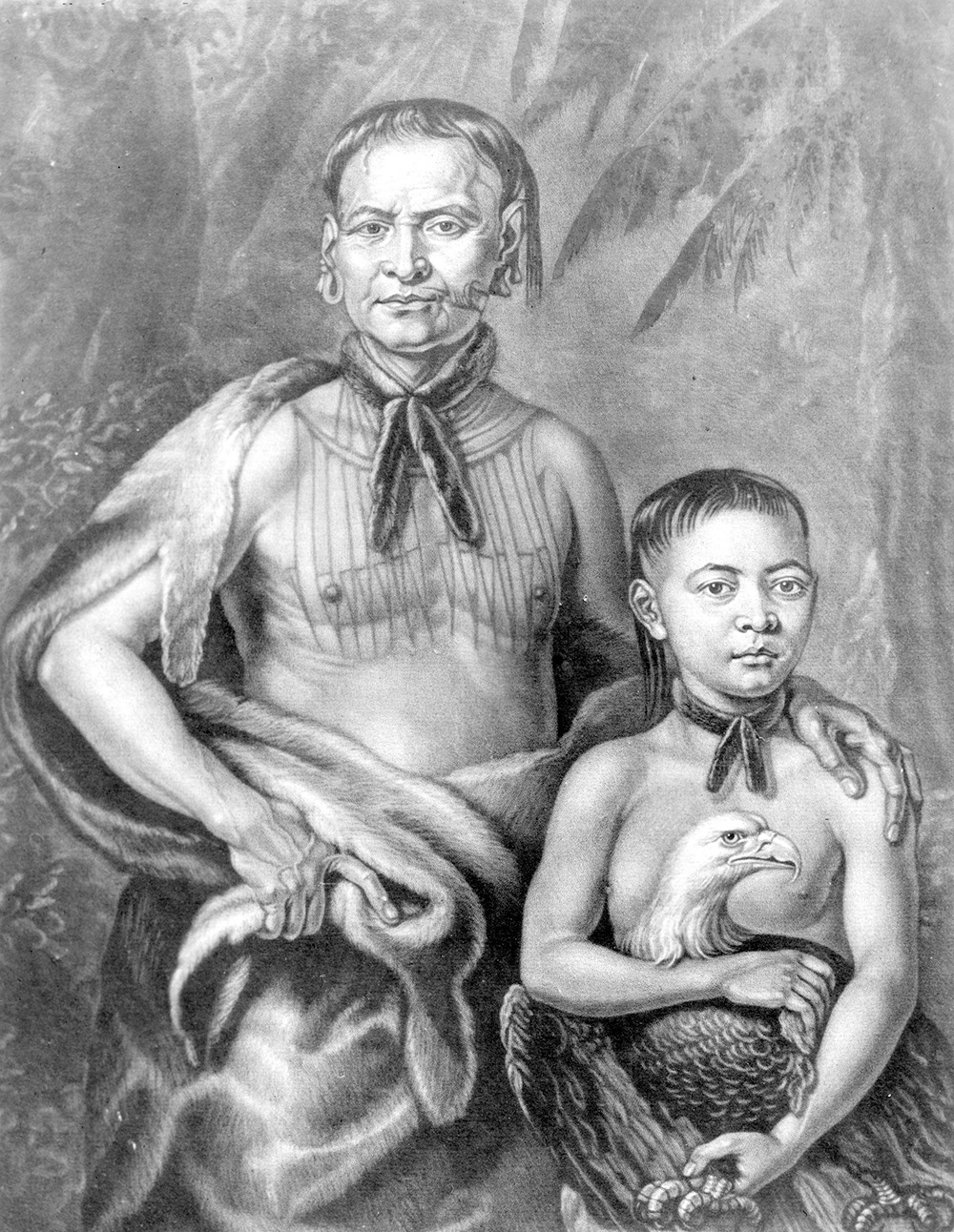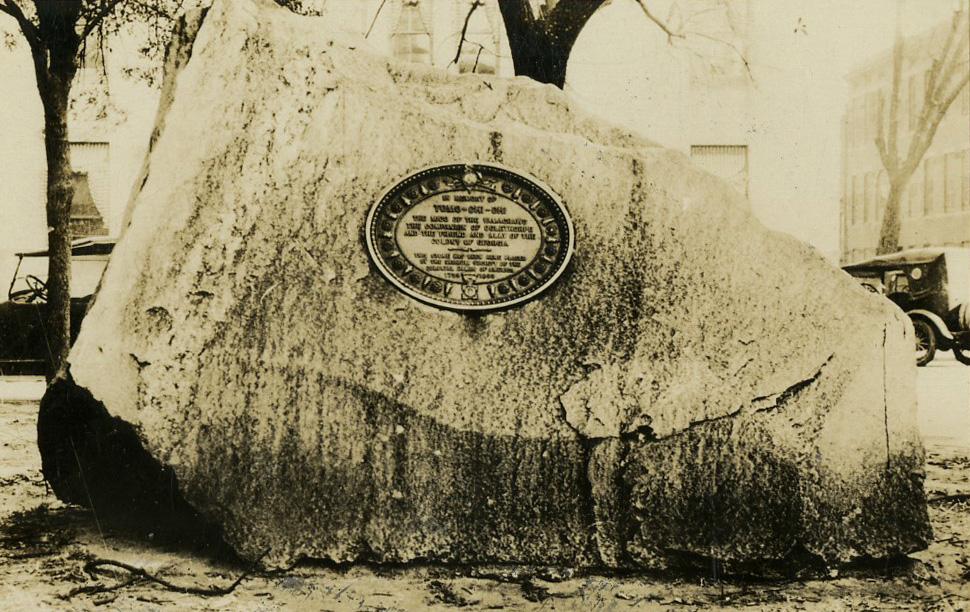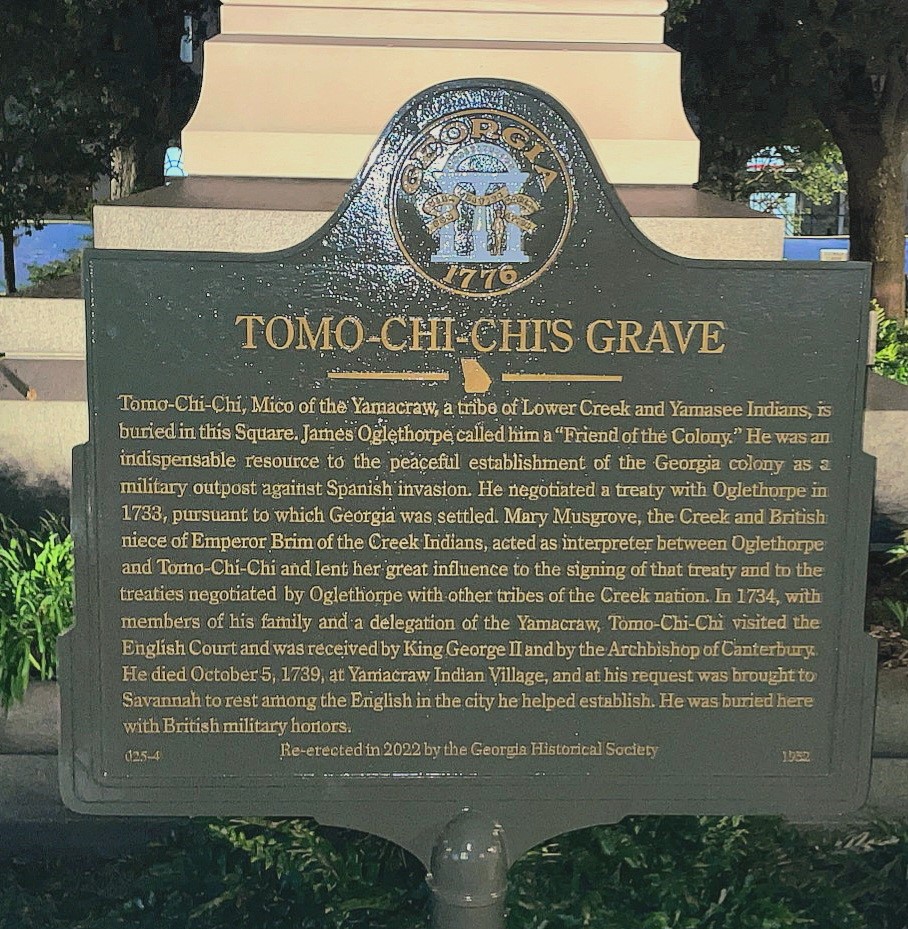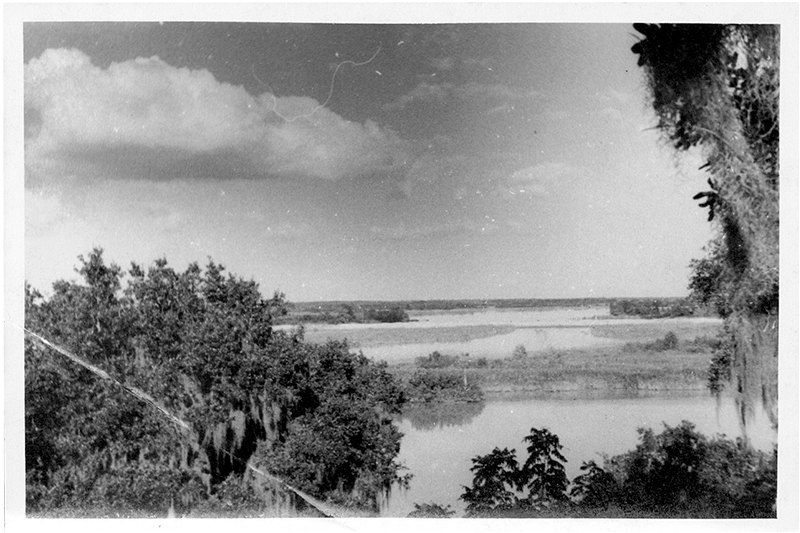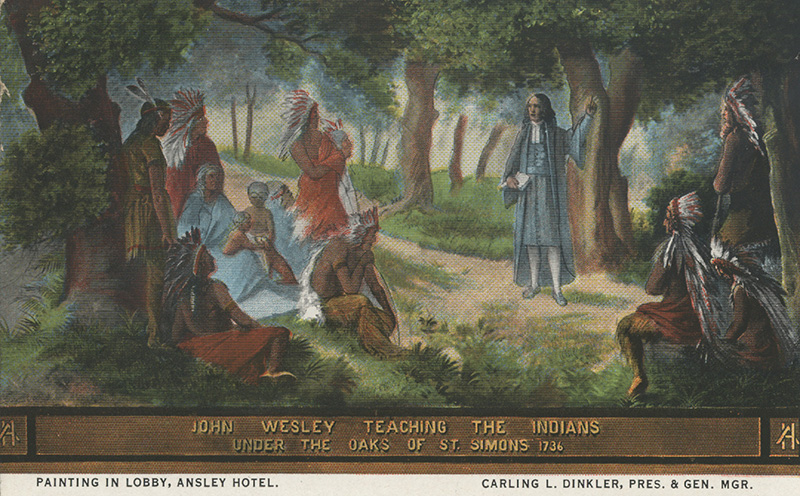Georgia Uncovered:
Investigating Our State’s Legends
Hernando De Soto
A presentation of


Are you ready to uncover the secrets of Georgia’s past? Legends, like those surrounding conquistador Hernando de Soto’s expedition in southeastern North America, have been passed down for generations. But are these stories fact, fiction, or a little bit of both? It’s time to investigate the subject and explore our past like historians. With primary sources, videos, and activities, you’ll research the history behind these legends.
To guide you through this journey, you will download a Detective’s Journal. This tool will assist you in reflecting on your journey through the mysteries of Georgia’s past. This interactive PDF is designed to help you think critically, ask questions, and document your findings. Each section of the exhibit corresponds to a part of the journal, with prompts to reflect on what you’ve learned, analyze primary sources, and connect the legends to Georgia’s statewide impact.
What Are Legends?
Legends are a mix of history and imagination. They are stories based on a real person or event from the past that have been passed down for generations. Legends usually have cultural significance with exaggerated elements. They are fun to tell, but the truth can get lost along the way. Your job as a historian is to figure out what is real and what is made up. As you investigate the legends of Georgia, it is imperative that you understand the importance of utilizing tools to help you along your journey.
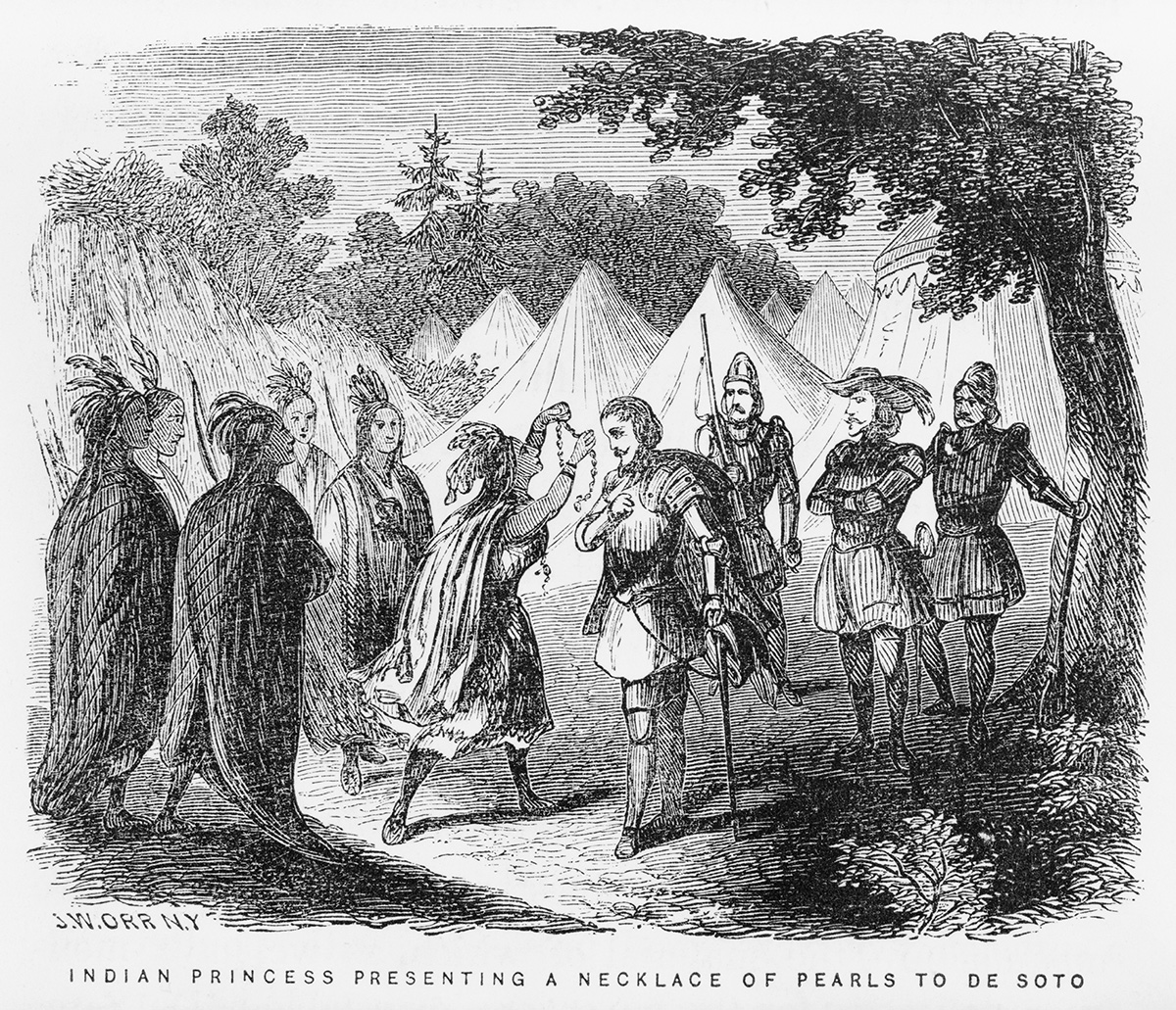
Here are a few key terms to help as you investigate Georgia’s legends:
- Albany: founded in 1836 and located in southwest Georgia, the city of Albany is the county seat of Dougherty County.
- Historian: like a detective of the past, someone who researches in primary and secondary sources and constructs a narrative about things that happened long ago, such as wars, famous people, and how people lived.
- History: The study of the past, which can change based on the available evidence such as primary sources and the archaeological record.
- Legend: a story, often passed down through generations, that is believed to be based on real events or people, which may include fictional or exaggerated elements.
- Fact: something that is true and can be proven.
- Fiction: a made-up story, though sometimes based on real things.
- Past: Events, places, or people that occurred or existed before today. The past does not change.
- Primary Sources: original documents or accounts created at the time of the event or person being studied
- Secondary Sources: stories or articles about those original accounts written by someone who was not there.
- Tall Tale: a story, sometimes based in fact, with exaggerated, made-up elements that are often told for entertainment.
Legend has it that...
“Sarasota, Florida, was named for Sara de Soto, Hernado’s fictional daughter.”
“De Soto’s men secretly weighed and buried his body in the Mississippi River.”
“Albany, Georgia, was the site of de Soto’s 1540 encampment.”
Common Legends of De Soto
From beginning to end, Hernando de Soto’s expedition is shrouded in mystery as over half of his men died on their quest, including de Soto himself, leaving the events and the exact path of his expedition unknown.
Here are a few legends surrounding de Soto:
- Sarasota, Florida, was named for Sara de Soto, Hernado’s fictional daughter, whose tragic romance with a Seminole man is believed to protect the city from hurricanes.
- De Soto’s men secretly weighed and buried his body in the Mississippi River in 1542 to convince Native Americans he was a god.
- Members of the expedition spread the story that de Soto himself was a divine figure who could unleash his wrath on anyone who opposed them.
- Albany, Georgia, was the site of de Soto’s 1540 encampment, through historians continue to debate this claim.
Depending on who you ask in Sarasota, Florida, some might say the city was named for the fictional Sara de Soto, the daughter of Hernando whose tragic love story with a Seminole man now protects the city from hurricanes. Legends or tall tales about de Soto began even before the end of his expedition. At de Soto’s death in 1542, it is believed that his men weighed his body and buried it in the Mississippi River to hide it from the Native Americans. By covering up his death, the expedition could continue their ruse that de Soto was a god, and they could threaten his wrath on those who stood in their way as they traveled toward Mexico.
What is known today about the events of their journey comes from journals kept by members of the expedition, historical records, and modern-day archaeological investigations. For decades, historians relied on the journals and historical records to make their arguments. However, unlike the past, history—the study of the past--changes as information is uncovered. Modern-day archeological discoveries have provided evidence left behind by people of the past, adding to the available sources and changing our present-day understanding of de Soto’s expedition.
Just like historians, we are going to examine legends surrounding de Soto using the correct tools and resources to make an informed decision. Understanding the past and connecting the past to its impact on the present will guide us through each section of the exhibit. Signs of a great historian include:
- Using both primary and secondary sources to reconstruct the past.
- Critically evaluating sources, identifying biases, and drawing logical conclusions based on evidence.

The Facts of De Soto
Historians continue to debate the events of de Soto’s expedition and its exact route, and history continues to change as more information is uncovered. Archaeologists may continue to find evidence about de Soto’s expedition through Albany.
De Soto’s expedition permanently changed North America’s people and environment. De Soto and his men brought supplies with them that did not exist in North America before, including tools, weaponry, and non-native horses, dogs, and pigs. The explorers exposed Native Americans to diseases that proved fatal, including influenza and smallpox.
Having learned how to lead expeditions from other conquistadors, de Soto adopted their tendency toward violence. At times when he did not find the riches for which he was looking, he believed that the Native Americans were deceiving him. De Soto used many tactics, including trade, holding important tribal members hostage, attacking tribal communities, enslaving natives, and more. His expedition also raided Indian settlements, leaving them without necessary food and supplies.
As a result, Native-American cultures changed. Powerful chiefdoms began to collapse. Survivors joined or formed new societies such as the Cherokee and Muscogee in what is now Georgia. De Soto’s actions also contributed to creating lasting hostile relationships between Native American tribes and Europeans.
Later explorers saw firsthand the effects of de Soto’s expedition. Using the information gleaned from de Soto’s trip, the Spanish launched more expeditions to the southeast, eventually creating permanent colonies and missions, such as St. Augustine (founded 1565), Florida. In competition with Spain, France and Britain dispatched expeditions to North America. Later, the British created thirteen colonies along the Atlantic coast, the last being Georgia.

Tools for Exploration
Legend has it that Hernando de Soto’s life and expedition inspired many stories that blend fact and fiction. From the fictional tale of his daughter Sara in Sarasota, Florida, to the secret burial of his body in the Mississippi River, people have long imagined de Soto as a powerful, almost divine figure. The uncertainty of his expedition route has fueled speculation. These legends show how stories about de Soto have grown over time, mixing history with imagination. Let’s look a little deeper using tools that will aid in connecting the past to the present. Just like a historian, remember to:
- Explore primary and secondary sources.
- Challenge your own assumptions.
- Use evidence to support your arguments.
Be sure to keep the Detective’s Journal near as you further analyze resources, reflect on what you’ve learned, and form your own conclusions. Good luck with your investigation!
Start with:
And keep scrolling for these resources:
- Off the Deaton Path Video: Tracking Hernando De Soto Through Georgia
- Elementary Activity Sheet (pdf)
- Secondary Activity Sheet (pdf)
- History Snapshot (pdf)
And then:
- Test Your Knowledge! (Quiz)
Dispatches from Off the Deaton Path
Test Your Knowledge
Dive into the quiz below and discover what you have learned about Native American and Georgia history. See how many you can get right and what you can learn more about!
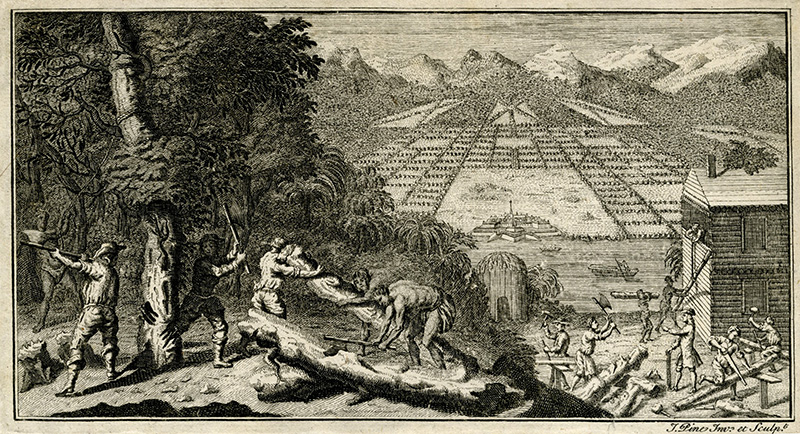
Mapping Activity
Tall tales are stories, sometimes based on truth, that have been embellished or exaggerated. Some famous tall tales include ones about Paul Bunyan and Johnny Appleseed. Can you think of any tall tales in your hometown? Add your story to the map and include a primary source of the person, place, or event from the GHS archive or another repository like the Library of Congress to support your tale! If you know the "truth" behind the tall tale, you can add that too.
Bonus Resources
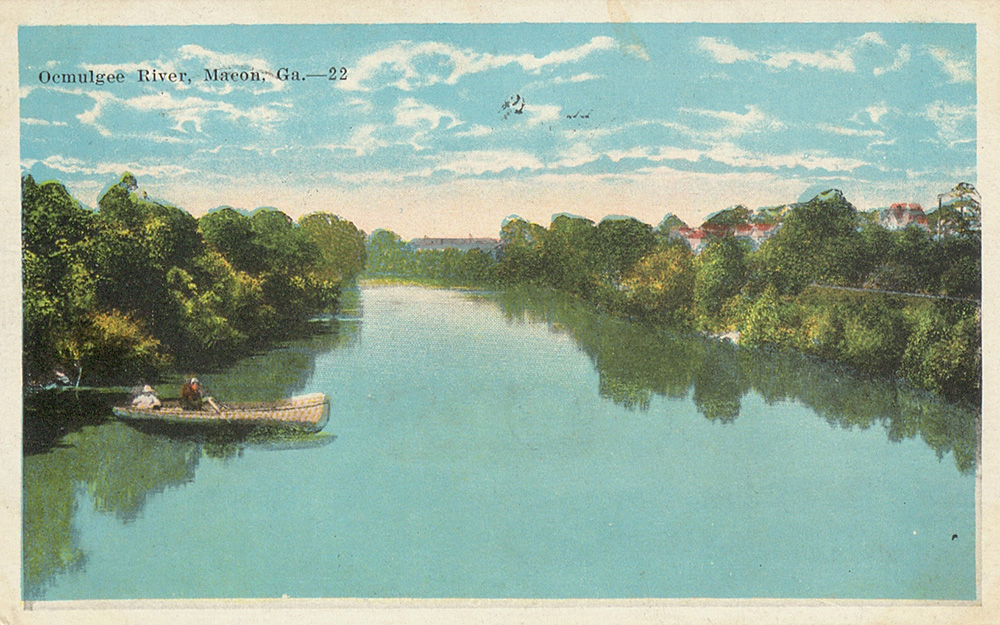
Sponsored in part by



